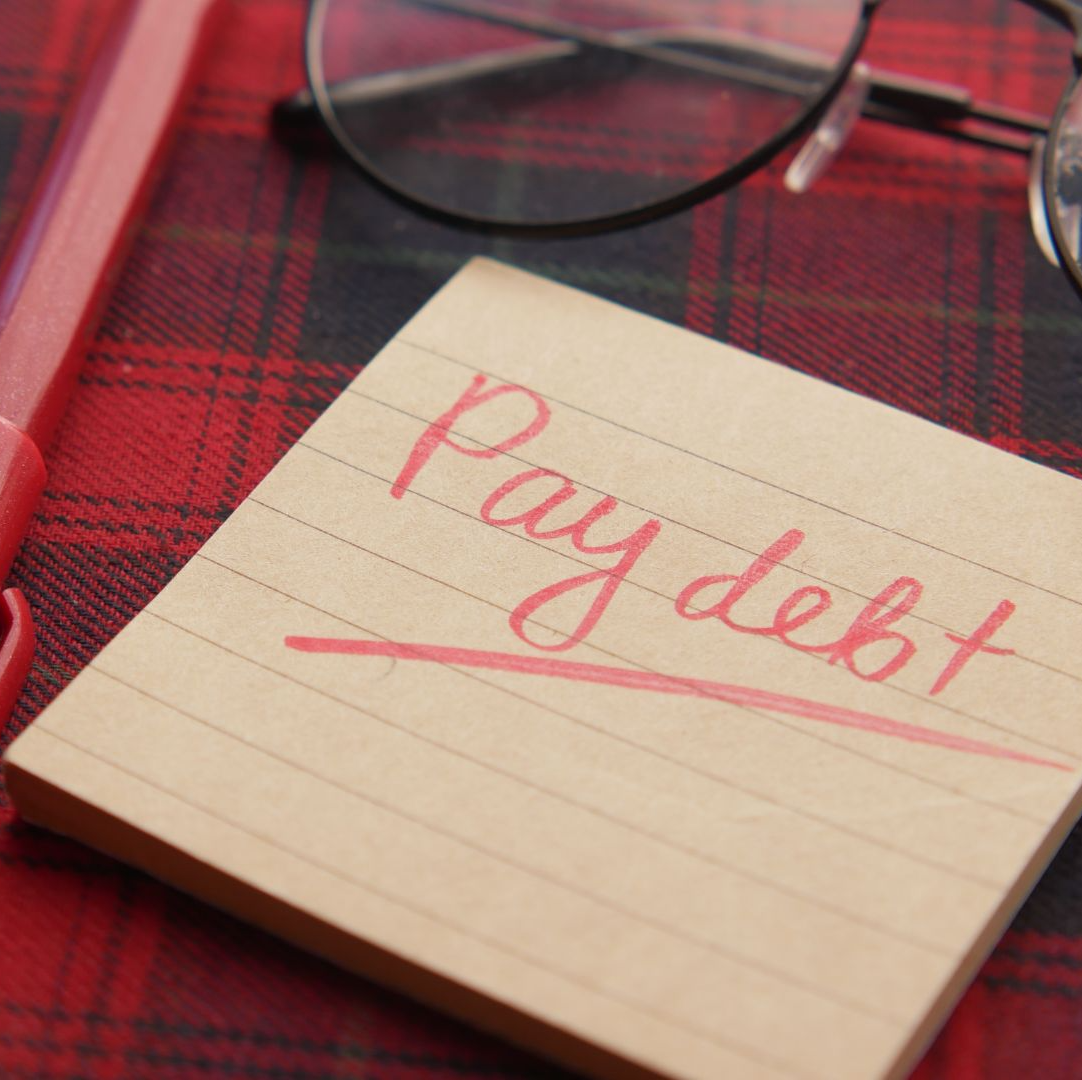Getting Rid of Debt Before Taking Early Federal Retirement

Key Takeaways:
- Assessing your current debt situation is crucial to understanding and managing your financial obligations before early retirement.
- Implementing effective debt reduction strategies and long-term financial planning can ensure a debt-free retirement and financial stability.
Getting Rid of Debt Before Taking Early Federal Retirement
Taking early federal retirement offers numerous benefits, including more leisure time and the opportunity to pursue personal interests. However, managing debt is a critical component of achieving financial stability and peace of mind in retirement. This article provides an overview on getting rid of debt before taking early federal retirement by assessing your current debt situation, implementing efficient debt reduction strategies, leveraging budgeting for debt reduction, and engaging in long-term financial planning.
Assessing Your Current Debt Situation
The first step toward eliminating debt is to understand your current financial situation. A thorough assessment helps identify all your liabilities and formulate a plan to address them.
Identifying Types of Debt
- Credit Card Debt: High-interest credit card debt can significantly impact your financial health. List all your credit card balances, interest rates, and minimum payments.
- Mortgages: Determine the outstanding balance on your mortgage, the interest rate, and the monthly payment. Consider any secondary mortgages or home equity loans.
- Student Loans: Identify any remaining student loan balances, interest rates, and monthly payments. Federal loans may have different repayment options compared to private loans.
- Personal Loans: Include any personal loans, car loans, or other types of installment debt, noting their balances and terms.
Calculating Total Debt
Sum up all your debts to get a clear picture of your total financial obligations. This calculation is crucial for creating an effective debt reduction plan.
Evaluating Interest Rates
Understanding the interest rates on your debts helps prioritize which debts to pay off first. High-interest debt typically costs more over time and should be addressed sooner.
Assessing Monthly Payments
Review your monthly debt payments to understand how much of your income is going toward debt servicing. This assessment helps identify opportunities to reallocate funds toward debt reduction.
Strategies for Paying Down Debt Efficiently
Once you have a clear understanding of your debt situation, the next step is to implement strategies to pay down your debt efficiently. There are several methods to consider, each with its advantages.
Debt Avalanche Method
The debt avalanche method focuses on paying off debts with the highest interest rates first. This approach can save money on interest payments over time.
- List Debts by Interest Rate: Order your debts from the highest to the lowest interest rate.
- Allocate Extra Payments: Direct extra payments to the debt with the highest interest rate while making minimum payments on other debts.
- Continue the Process: Once the highest-interest debt is paid off, move on to the next highest, and so on.
Debt Snowball Method
The debt snowball method emphasizes paying off the smallest debts first, which can provide a psychological boost and motivation.
- List Debts by Balance: Order your debts from the smallest to the largest balance.
- Pay Off Smallest Debts First: Focus on paying off the smallest debt while making minimum payments on larger debts.
- Build Momentum: As each small debt is paid off, use the freed-up funds to tackle the next smallest debt.
Consolidation and Refinancing
Debt consolidation and refinancing can simplify your debt payments and potentially lower interest rates.
- Debt Consolidation Loan: Consider taking out a consolidation loan to combine multiple debts into a single payment with a lower interest rate.
- Refinancing: Refinance high-interest loans, such as mortgages or student loans, to secure a lower interest rate and reduce monthly payments.
Balance Transfer Credit Cards
If you have significant credit card debt, a balance transfer credit card can offer a temporary reprieve with lower or zero interest rates.
- Low-Interest Promotions: Look for balance transfer cards that offer low or zero interest rates for an introductory period.
- Transfer Balances: Transfer high-interest credit card balances to the new card to take advantage of lower rates.
- Pay Off During Introductory Period: Aim to pay off the transferred balance before the promotional period ends to avoid higher interest rates.
The Role of Budgeting in Debt Reduction
Effective budgeting is essential for managing your finances and accelerating debt reduction. A well-structured budget helps allocate funds toward debt repayment while maintaining essential living expenses.
Creating a Realistic Budget
- Track Income and Expenses: Record all sources of income and categorize your expenses, including housing, utilities, groceries, transportation, and discretionary spending.
- Identify Areas to Cut Back: Look for areas where you can reduce spending to free up funds for debt repayment. This might include dining out less, canceling unused subscriptions, or finding cheaper alternatives for services.
Allocating Funds for Debt Repayment
- Set Debt Repayment Goals: Establish specific goals for paying down each debt. For example, aim to pay off a particular credit card within six months.
- Prioritize Debt Payments: Allocate a portion of your monthly budget specifically for debt repayment, prioritizing high-interest or smallest-balance debts based on your chosen strategy.
Automating Payments
- Automatic Transfers: Set up automatic transfers to ensure timely payments and avoid late fees. Automating payments also helps maintain consistency in your debt reduction efforts.
- Extra Payments: Whenever possible, make extra payments toward your debt. Even small additional amounts can significantly reduce the total interest paid and shorten the repayment period.
Long-Term Financial Planning for a Debt-Free Retirement
Planning for a debt-free retirement involves not only eliminating current debt but also ensuring you remain debt-free in the future. Long-term financial planning is key to achieving this goal.
Building an Emergency Fund
- Establish a Safety Net: Aim to save three to six months’ worth of living expenses in an emergency fund to cover unexpected costs without incurring new debt.
- Regular Contributions: Make regular contributions to your emergency fund, even while focusing on debt repayment. This fund provides financial security and prevents setbacks in your debt reduction plan.
Saving for Retirement
- Maximize Retirement Contributions: Contribute as much as possible to your Thrift Savings Plan (TSP), IRAs, or other retirement accounts. Take advantage of catch-up contributions if you are 50 or older.
- Employer Matching: Ensure you contribute enough to your TSP to receive any employer matching contributions, which effectively increases your retirement savings.
Monitoring and Adjusting Your Plan
- Regular Financial Reviews: Periodically review your financial plan to track your progress and make adjustments as needed. This helps ensure you stay on track to achieve your debt reduction and retirement goals.
- Seek Professional Advice: Consider consulting a financial advisor to help you create and maintain a comprehensive financial plan. An advisor can provide valuable insights and recommendations tailored to your specific situation.
Maintaining Financial Discipline
- Avoid New Debt: Be mindful of taking on new debt, especially as you approach retirement. Focus on living within your means and prioritizing savings.
- Adopt a Frugal Mindset: Embrace a frugal lifestyle to reduce unnecessary spending and increase your savings. This mindset can contribute to long-term financial stability and a comfortable retirement.
Conclusion: Achieving a Debt-Free Early Retirement
Eliminating debt before taking early federal retirement is crucial for ensuring financial stability and peace of mind. By assessing your current debt situation, implementing effective debt reduction strategies, leveraging budgeting, and engaging in long-term financial planning, you can achieve a debt-free retirement. Regularly review your financial plan and seek professional advice to stay on track and enjoy a fulfilling and financially secure retirement.
Contact Information:
Email: [email protected]
Phone: 8889193252
Popular posts

CSRS Pensions Explained: How...
Key Takeaways CSRS pensions...

FEGLI Premiums Are Rising:...
Key Takeaways FEGLI premiums...
Free Retirement Benefits Analysis
Federal Retirement benefits are complex. Not having all of the right answers can cost you thousands of dollars a year in lost retirement income. Don’t risk going it alone. Request your complimentary benefit analysis today. Get more from your benefits.
I want more


